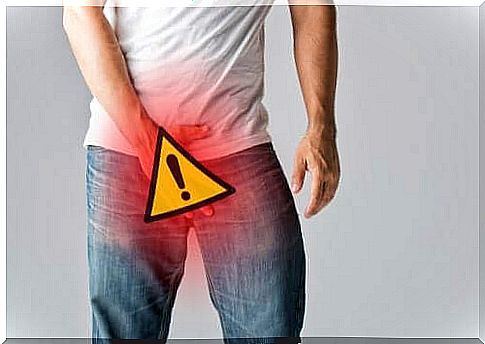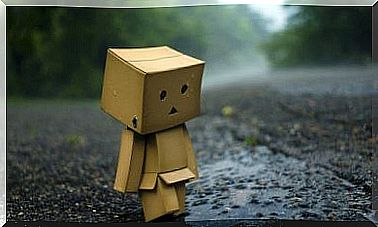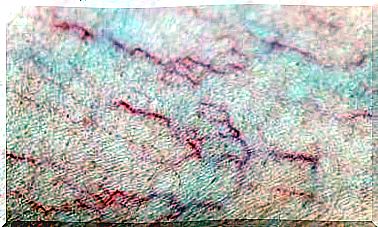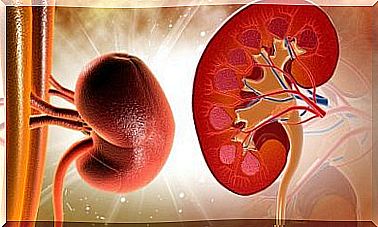Sperm Cord Twist: Symptoms And Causes

Testicular torsion is the twisting of the spermatic cord, which supports the testicles in the scrotum. When this happens, the blood supply to the testis and surrounding tissues is cut off. The testes are the glands that produce sperm. They are ovoid and are located in the scrotum.
The blood supply to the testicles comes from the sperm arteries that come through the spermatic cord. On the other hand, venous drainage occurs through spermatic veins that follow the same path, but in the opposite direction.
Causes of spermatic cord torsion

Testicular torsion can occur at any age and can occur in older men. However, it is more frequent during puberty or during the neonatal period.
Some men are more prone to twisting the spermatic cord due to defects in the connective tissue in the scrotum. Although there is not always a clear cause.
This condition can appear after suffering an injury to the area of the scrotum that produces too much inflammation. Although it can also happen after performing heavy exercise.
In some cases, there is an anatomical predisposition in which the fixation of the testis is incomplete or non-existent. It could also be because the spermatic cord is longer than normal.
What are the symptoms?
Pain is the main symptom and is characterized by being of sudden development and of great intensity. The pain is localized in the affected testicle, although it may radiate to the groin area. It can even reach the lower abdomen. Other symptoms that can accompany pain are:
- Nausea
- vomiting
- Malaise, general discomfort.
There are cases where the testicle can be seen to be ascending and horizontal in the scrotal sac. Also, the affected testicle is usually inflamed, with redness and hardening of the skin on the scrotum.
The intensity of these symptoms depends on the evolution time. However, in some cases, the torsion of the spermatic cord resolves spontaneously and the pain gradually disappears.
Diagnosis of spermatic cord torsion
The diagnosis of testicular cord torsion can be made through the patient’s clinical history and physical examination. Ultrasound is the imaging test that confirms the diagnosis, but it is not always necessary to perform it.
Ultrasound will show that blood flow to the testis is decreased compared to the healthy testicle. This diagnostic test is used in patients who have a clinical or questionable examination.
Treatment

It’s a surgical emergency and time is of vital importance. This is because the more time passes, the greater the risk of necrosis and loss of the testicle. If it occurs within the first 6 hours, most testicles can be saved.
When a child complains of testicular pain that appears abruptly, it is advisable to see the doctor immediately. Treatment consists of undoing the torsion and subsequent fixation of the affected testicle.
In some cases, when there is not much inflammation and surgery will not be immediate, you can undo the rotation manually, but always proceed with the surgery later.
Finally, if the condition is caught early and treated immediately, the testicle can continue to function correctly. The chances that the testicle will need to be removed will increase if blood flow is reduced for more than 6 hours. However, sometimes it can lose its ability to function.









